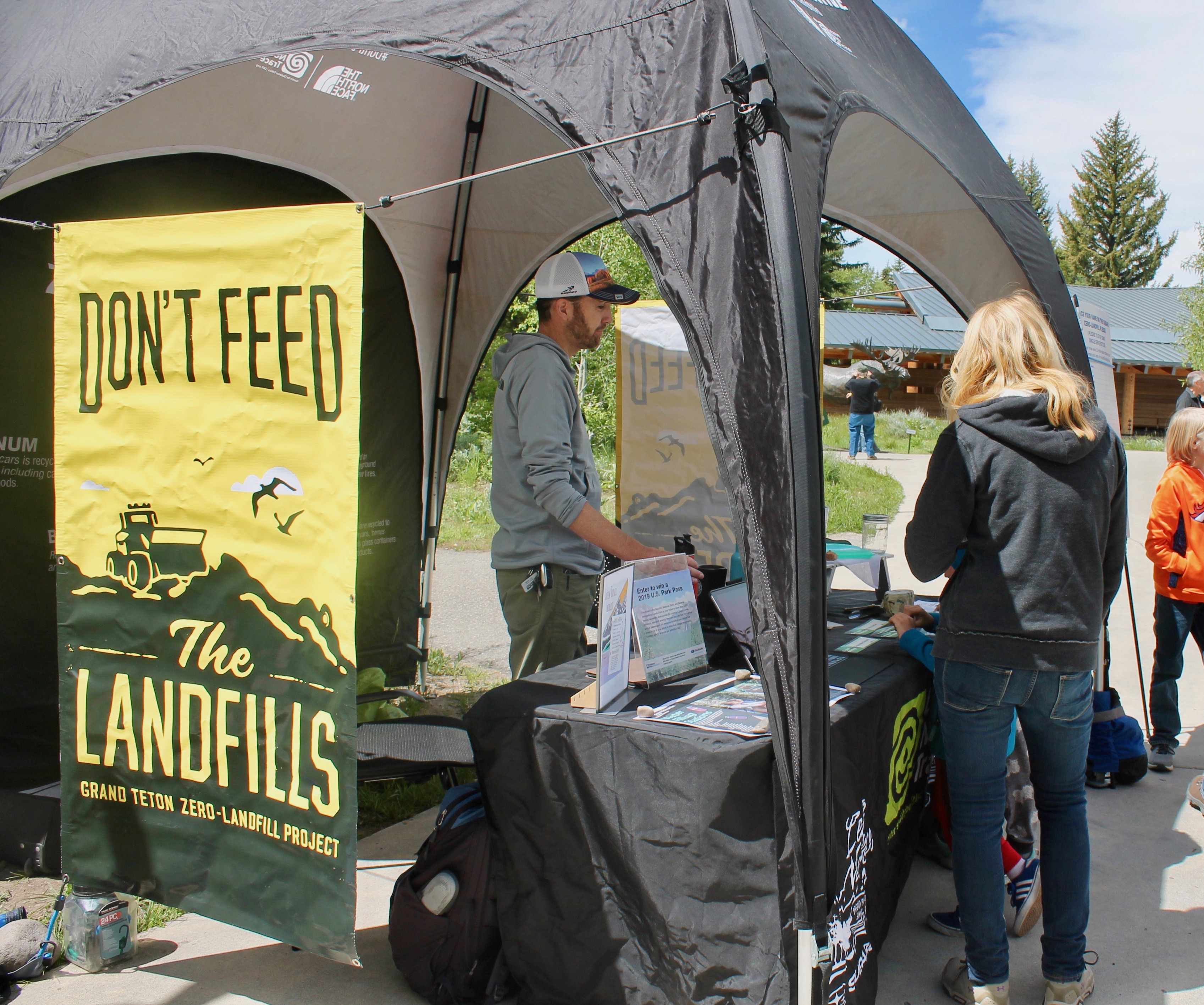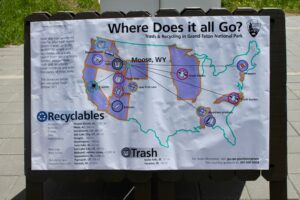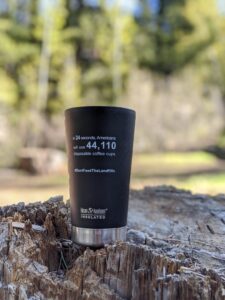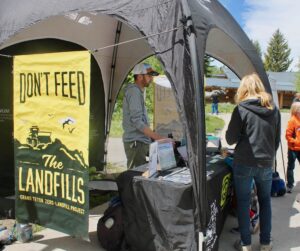News & Updates
How to Be a Zero Landfill Steward at Grand Teton National Park


One of the byproducts of our Covid-19 reality is reductions in national park staff, facility availability and resources, so park users need to be extra-diligent in their trip planning.
Grand Teton National Park is currently open to the public, although be sure to check and follow local, state and federal guidelines for visiting parks or park communities, especially when coming from out of state.
Grand Teton is also one of the three pilot national parks in the Zero Landfill Initiative, the partnership between the National Park Service, Subaru of America and the National Parks Conservation Association (Denali and Yosemite are the other two parks). Through the help of funding and expertise, the park improved its recycling infrastructure and conducted employee and visitor education. In 2019, Grand Teton National Park diverted 48 percent of parkwide waste from landfills, up from 18 percent in 2015, more than doubling the waste diversion rate (*these numbers do not include concessionaire data).

Whether you’re planning a visit to the Tetons, or just curious about trip planning with less waste, we have 5 tips for having a positive impact on Grand Teton’s Zero Landfill Initiative, so we can help the park continue diverting waste from the landfills. #DontFeedtheLandfills
1) Pack it in pack it out. According to Zero Landfill Initiative research released by Leave No Trace and Penn State University, 66 percent of visitors to the three Zero Landfill parks brought outside items into the parks that later they disposed within the parks. Garbage from geographically isolated Grand Teton National Park and Jackson Hole has to travel 100 miles away to the landfill in Idaho. Trash buildup in national parks is always an issue, but even more so during Covid-19. The Leave No Trace Covid-19 guidelines ask visitors to make choices that reduce their trash in the first place, but also to take their trash home to avoid overflowing trash cans, which can also pose wildlife impacts.

2) One of the easiest behavior changes we can make is to remember to bring our reusable water bottle. Grand Teton National Park upgraded or installed new water refilling stations as part of the Zero Landfill Initiative, so there are 19 places—from visitor centers to trailheads—where you can refill with potable water.

3) Along the same note, bring a reusable coffee cup, reusable cutlery and reusable napkins. Many take-away food services have reopened, but you can always refuse the disposables. Coffee cups are a high source of contamination in the Teton’s recycling stream because people don’t know that they cannot be recycled.

4) Bring your own bag for souvenirs and groceries. The town of Jackson has a plastic bag ordinance in place and park concessioners, like the store Grand Teton Association, have followed their lead.
5) Once you have tried to reduce and pack it in, pack it out, it is still a good planning practice to understand the recycling system for the area you are visiting. Teton County—and as a result, Grand Teton National Park—follows a source-separated recycling system. The 4 easiest items to recycle in the park are aluminum cans, plastic bottles, glass bottles and tin cans (after they’ve been cleaned). There are bins labeled for the items, and presorting helps prevent contamination. If you are camping, there are yellow reminder signs on the picnic tables that remind campers of what’s recyclable. Two common items that people try to recycle in the park, but which are not accepted by Teton County, are the plastic clamshells that strawberries/blueberries come in and granola bar boxes. Empty propane canisters and bear sprays can be collected and recycled at the campground kiosk or visitor centers. Their next zero landfill goal is to introduce composting for visitors in the park.

It’s great if you can to get out and explore in these strange times while also remembering we still need to protect our public lands for future generations, so #LeaveNoTrace and #DontFeedTheLandfills!
By the Subaru/Leave No Trace Teams. For over 20 years these teams have provided tangible solutions to serious issues facing our outside space and reach over 15 million people every year. Learn more about the important work of our mobile education teams. Proud partners of this program include Subaru of America, REI, Eagles Nest Outfitters, Thule, Fjällräven and Klean Kanteen.
Let’s protect and enjoy our natural world together
Get the latest in Leave No Trace eNews in your inbox so you can stay informed and involved.
